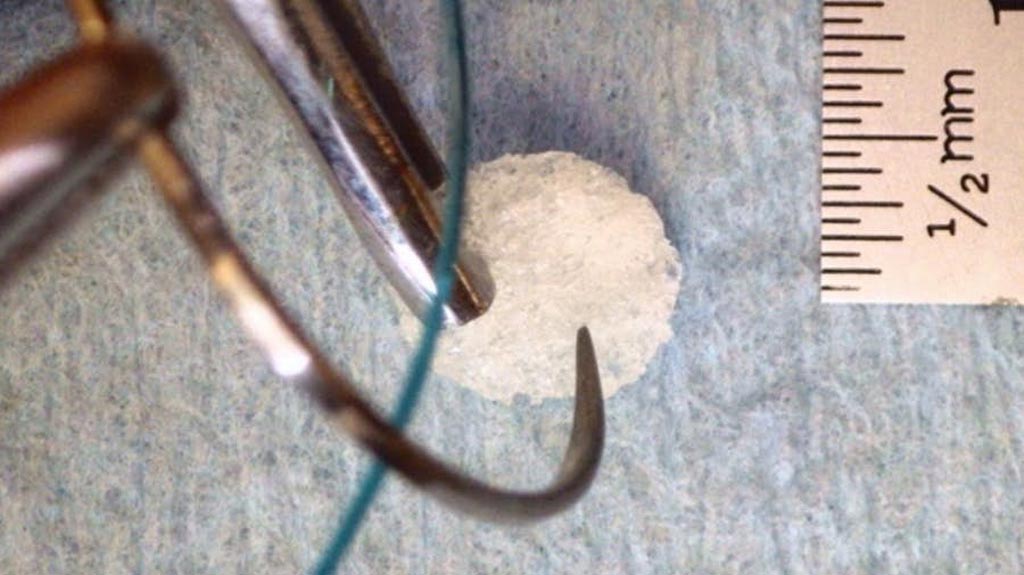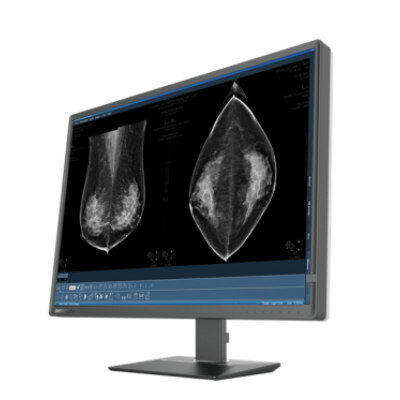Elastomeric Biomaterial Guards against Incisional Hernia
By HospiMedica International staff writers
Posted on 24 Jul 2017
A new study describes how a biodegradable polycarbonate elastomer (CC-DHA) can be used as a protective visceral barrier during abdominal laparotomy closure.Posted on 24 Jul 2017
Developed by researchers at Weill Cornell Medical Center (New York, NY, USA) and Cornell University (Cornell; Ithaca, NY, USA), the CC-DHA, which is comprised of a polycarbonate cross-linked network of dihydroxyacetone, glycerol ethoxylate, and tri(ethylene glycol), undergoes a controlled solid-to-liquid phase transition following hydrolytic cleavage of the carbonate cross-linked network by ketone functionality of the dihydroxyacetone. The result is a rapidly degrading barrier that can be left in situ to facilitate abdominal fascial closure.

Image: A rapidly dissolving barrier could protect tissues during laparoscopic closure (Photo courtesy of Cornell University).
Using a murine laparotomy model, the researchers successfully demonstrated the material provided a puncture resistant, biocompatible, and degradable matrix that underwent rapid dissolution within three hours, without evidence of toxicity or intra-abdominal scarring. According to the researchers, the unique characteristics make the biomaterial extremely useful as a physical barrier to prevent inadvertent bowel injury during fascial closure, with a potential for wider application across a wide range of surgical and medical applications. The study was published on May 31, 2017, in Acta Biomaterialia.
“If all goes well, this flexible material might one day help surgeons more confidently and securely close abdominal incisions. I hope it will lead to fewer incisional hernias,” said senior author Professor Jason Spector, MD, PhD, of the departments of plastic surgery and biomedical engineering. “In addition, the implantable device could be used in a multitude of situations where surgeons want to protect vital structures from inadvertent needle puncture, but using a removable retractor would prove difficult or impossible.”
Secure closure of the fascial layers after entry into the peritoneal cavity is crucial to prevent incisional hernia, yet appropriate purchase of the tissue can be challenging due to the proximity of the underlying protuberant bowel, which may become punctured by the surgical needle or strangulated by the suture itself. Devices currently employed to provide visceral protection during abdominal closure, such as the metal malleable retractor and Glassman Visceral Retainer, are unable to provide complete protection, as they must be removed prior to complete closure.
Related Links:
Weill Cornell Medical Center
Cornell University













